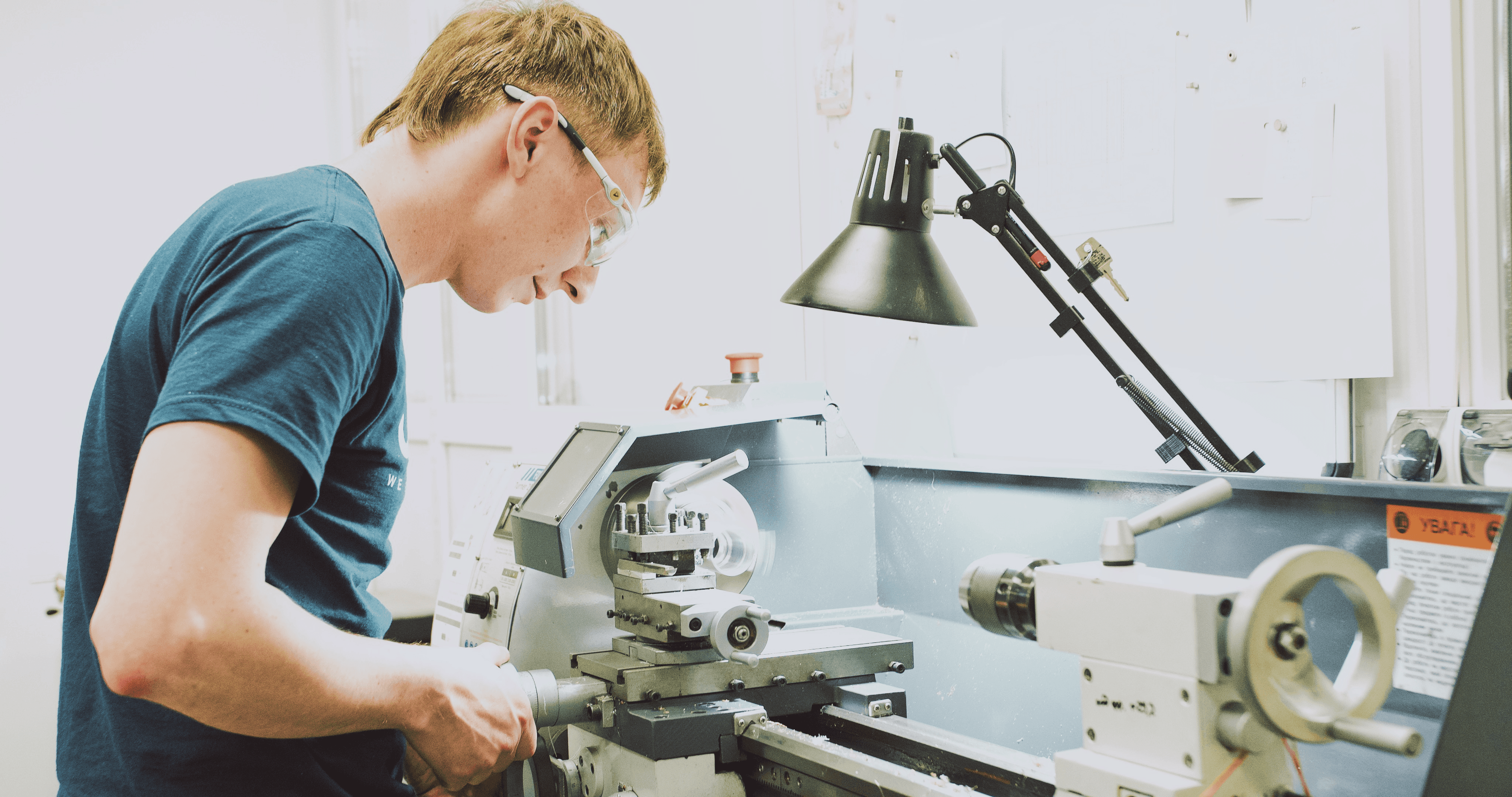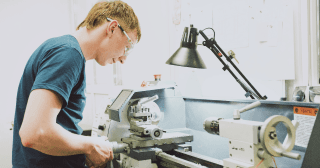

In the world of product development and innovation, prototyping plays a crucial role in ensuring project success.
In the world of product development and innovation, prototyping plays a crucial role in ensuring project success.
In the world of product development and innovation, prototyping plays a crucial role in ensuring project success. Whether you are working on an IoT (Internet of Things) project or any other engineering endeavor, prototyping provides numerous benefits that can significantly impact the outcome. In this article, we will explore the importance of prototyping, its advantages, and why it should be an integral part of your project development process.
In the world of product development and innovation, prototyping plays a crucial role in ensuring project success. Whether you are working on an IoT (Internet of Things) project or any other engineering endeavor, prototyping provides numerous benefits that can significantly impact the outcome. In this article, we will explore the importance of prototyping, its advantages, and why it should be an integral part of your project development process.
Prototyping refers to the creation of a preliminary model or sample of a product or system to test and validate its design, functionality, and performance. It allows engineers, designers, and stakeholders to visualize and interact with the concept before investing significant resources into full-scale production. By creating a prototype, you can identify and address potential issues, refine the design, and gather valuable feedback early in the development cycle.
Prototyping refers to the creation of a preliminary model or sample of a product or system to test and validate its design, functionality, and performance. It allows engineers, designers, and stakeholders to visualize and interact with the concept before investing significant resources into full-scale production. By creating a prototype, you can identify and address potential issues, refine the design, and gather valuable feedback early in the development cycle.
One of the primary advantages of prototyping is the ability to uncover design flaws and make necessary improvements before moving forward. By physically experiencing the prototype, you can identify any usability or functionality issues that may not have been apparent during the initial design phase. This iterative process of designing, prototyping, and testing allows for continuous refinement and ensures that the final product meets the desired specifications.
One of the primary advantages of prototyping is the ability to uncover design flaws and make necessary improvements before moving forward. By physically experiencing the prototype, you can identify any usability or functionality issues that may not have been apparent during the initial design phase. This iterative process of designing, prototyping, and testing allows for continuous refinement and ensures that the final product meets the desired specifications.
At UDTECH, we understand the importance of prototyping in project success. In fact, all the IoT or engineering projects we undertake include prototyping as an integral step. You can explore some of these projects at https://udtech.co/cases, where you will see how prototyping has played a pivotal role in bringing innovative ideas to life.
At UDTECH, we understand the importance of prototyping in project success. In fact, all the IoT or engineering projects we undertake include prototyping as an integral step. You can explore some of these projects at https://udtech.co/cases, where you will see how prototyping has played a pivotal role in bringing innovative ideas to life.
Prototyping also enables effective communication and collaboration among project stakeholders. It provides a tangible representation of the product or system, allowing everyone involved to have a shared understanding of the design intent. This shared vision helps in aligning expectations, making informed decisions, and reducing the risk of misunderstandings or misinterpretations.
Prototyping also enables effective communication and collaboration among project stakeholders. It provides a tangible representation of the product or system, allowing everyone involved to have a shared understanding of the design intent. This shared vision helps in aligning expectations, making informed decisions, and reducing the risk of misunderstandings or misinterpretations.
Furthermore, prototyping allows for early user feedback, which is invaluable in ensuring that the final product meets customer expectations. By involving potential users or customers in the prototyping process, you can gain insights into their preferences, needs, and pain points. This feedback can then be incorporated into the design, resulting in a product that better addresses user requirements and enhances overall customer satisfaction.
Another advantage of prototyping is its ability to save time and money in the long run. While it may seem counterintuitive to invest resources in creating prototypes during the early stages of a project, it actually helps in avoiding costly mistakes and rework later on. By identifying and resolving issues early in the process, you can prevent expensive modifications or redesigns during the later stages of development or even after the product has been launched. Prototyping also allows for testing and validation of technical feasibility. It helps in assessing the performance, reliability, and manufacturability of the product or system. By simulating real-world conditions and subjecting the prototype to various tests, engineers can identify any potential weaknesses or limitations and make necessary adjustments to ensure optimal performance.
Another advantage of prototyping is its ability to save time and money in the long run. While it may seem counterintuitive to invest resources in creating prototypes during the early stages of a project, it actually helps in avoiding costly mistakes and rework later on. By identifying and resolving issues early in the process, you can prevent expensive modifications or redesigns during the later stages of development or even after the product has been launched. Prototyping also allows for testing and validation of technical feasibility. It helps in assessing the performance, reliability, and manufacturability of the product or system. By simulating real-world conditions and subjecting the prototype to various tests, engineers can identify any potential weaknesses or limitations and make necessary adjustments to ensure optimal performance.
Another advantage of prototyping is its ability to save time and money in the long run. While it may seem counterintuitive to invest resources in creating prototypes during the early stages of a project, it actually helps in avoiding costly mistakes and rework later on. By identifying and resolving issues early in the process, you can prevent expensive modifications or redesigns during the later stages of development or even after the product has been launched. Prototyping also allows for testing and validation of technical feasibility. It helps in assessing the performance, reliability, and manufacturability of the product or system. By simulating real-world conditions and subjecting the prototype to various tests, engineers can identify any potential weaknesses or limitations and make necessary adjustments to ensure optimal performance.
In conclusion, prototyping is a critical component of project success, whether you are working on an IoT project or any other engineering endeavor. It provides numerous advantages, including the identification of design flaws, effective communication among stakeholders, early user feedback, and cost and time savings. At UDTECH, we recognize the significance of prototyping, and it is an integral part of all the projects we undertake. To witness the impact of prototyping in real-world projects, explore the examples showcased at https://udtech.co/cases. Embrace prototyping as a valuable tool in your project development process, and you will increase the likelihood of achieving your desired outcomes.
In conclusion, prototyping is a critical component of project success, whether you are working on an IoT project or any other engineering endeavor. It provides numerous advantages, including the identification of design flaws, effective communication among stakeholders, early user feedback, and cost and time savings. At UDTECH, we recognize the significance of prototyping, and it is an integral part of all the projects we undertake. To witness the impact of prototyping in real-world projects, explore the examples showcased at https://udtech.co/cases. Embrace prototyping as a valuable tool in your project development process, and you will increase the likelihood of achieving your desired outcomes.